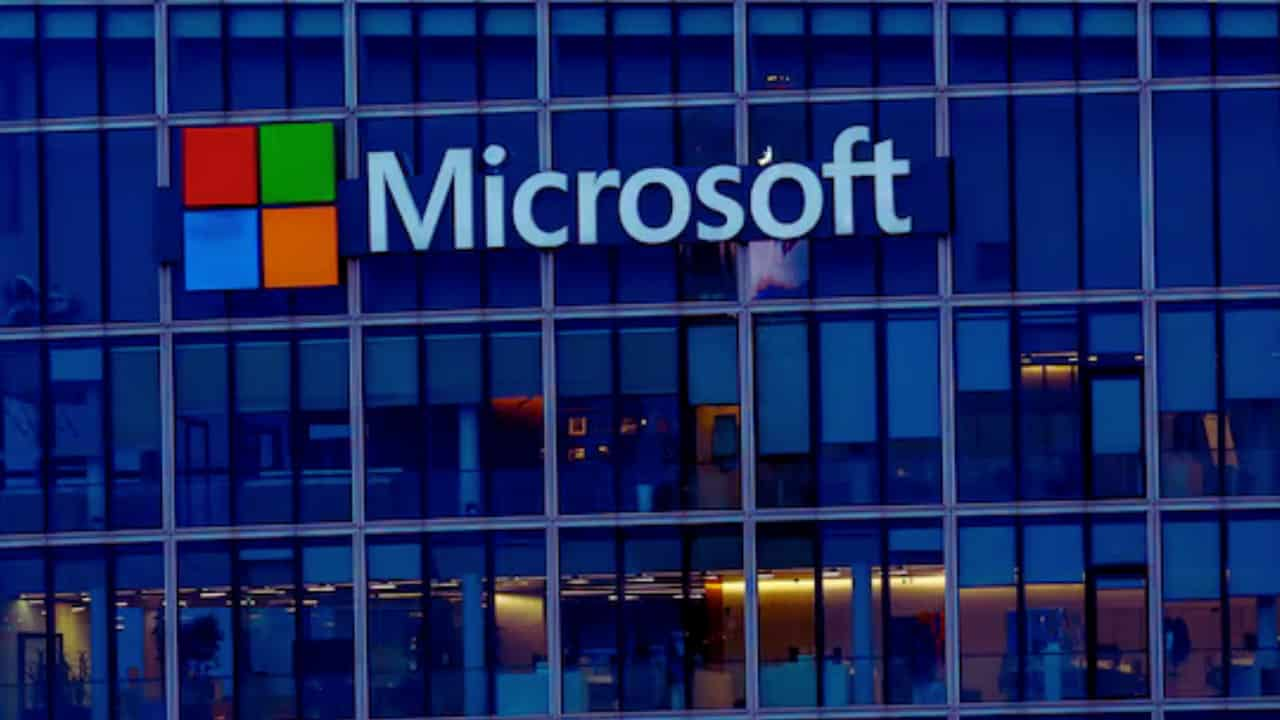AI Talent Shuffle: Microsoft’s GenAI Whiz Jumps Ship to OpenAI
In a surprising turn of events, the AI world is buzzing with news of a major player switch. Sebastien Bubeck, Microsoft’s leading expert in generative AI research, is relocating to OpenAI. This move is shaking up the tech giants’ battle for AI supremacy.
On Monday, Microsoft dropped the bombshell. They announced that Bubeck, their vice president of GenAI research, is leaving to join the creators of ChatGPT.
Despite the loss, the tech giant appears to be accepting it. They are maintaining a positive attitude, expressing their eagerness to maintain connections with Bubeck through his contributions at OpenAI.
But who exactly is Sebastien Bubeck? He’s not just another tech executive. Bubeck was the big brain behind Microsoft’s Machine Learning Foundations group in Redmond. Before joining Microsoft in 2014, he spent three years teaching at Princeton University.
His trophy case is impressive, featuring best paper awards from top machine learning conferences. He’s known for his work on making smart decisions online, solving tricky math problems, and making AI systems tougher against attacks.
Mystery surrounds Bubeck’s move to OpenAI. We don’t know what job title he’ll have there. However, it’s evident that he is pursuing the ultimate goal of artificial intelligence.
Microsoft has announced his departure to “further his work toward developing AGI.” For those not in the know, AGI stands for artificial general intelligence. It’s the dream of creating AI that can think and learn like humans.
This talent swap comes at an intriguing time. OpenAI has seen some big names walk out the door lately, including their former tech chief, Mira Murati. It’s like a game of musical chairs in the AI world, with top talent moving between tech giants.
However, Microsoft is not completely unaffected. Most of Bubeck’s team is staying put. They’re the brains behind Microsoft’s Phi LLMs—a fancy term for smaller, more efficient AI language models. These models are Microsoft’s answer to the AI arms race, aiming to do more with less computing power.
This move highlights the fierce competition in AI research. Companies are fiercely competing for the most talented individuals in the field. It’s not just about who has the biggest computers anymore. It’s about who has the smartest people working on the next big AI breakthrough.
The stakes are high. AI is no longer just a cool tech toy. It’s reshaping how we work, communicate, and even think. From chatbots that can write essays to programs that can code, AI is everywhere. And companies like Microsoft and OpenAI are at the forefront of this revolution.
Bubeck’s jump to OpenAI could mean big things for both companies. For OpenAI, it’s a boost of brainpower. They’re getting a seasoned researcher with a track record of innovation. For Microsoft, it’s a reminder that in the world of tech, talent is always on the move.
But let’s not forget—Microsoft isn’t just losing an employee. They’re strengthening ties with a company they’ve heavily invested in. Remember, Microsoft has poured billions into OpenAI. So in a way, Bubeck is still in the family.
This story is more than just office gossip. It’s a sign of the times. The AI race is heating up, and the players are shuffling. Today’s competitor could be tomorrow’s colleague. In this fast-paced world of AI, the only constant is change.
As we watch this AI talent shuffle, one thing’s clear. The next big AI breakthrough could come from anywhere. Will it be OpenAI with their new star researcher? Or will Microsoft’s remaining team come up with something remarkable? Only time will tell.
One thing’s for sure: the AI revolution isn’t slowing down. With brilliant minds like Bubeck pushing the boundaries, we’re in for an exciting ride. So buckle up, tech fans. Research papers are writing the future of AI right before our eyes.
